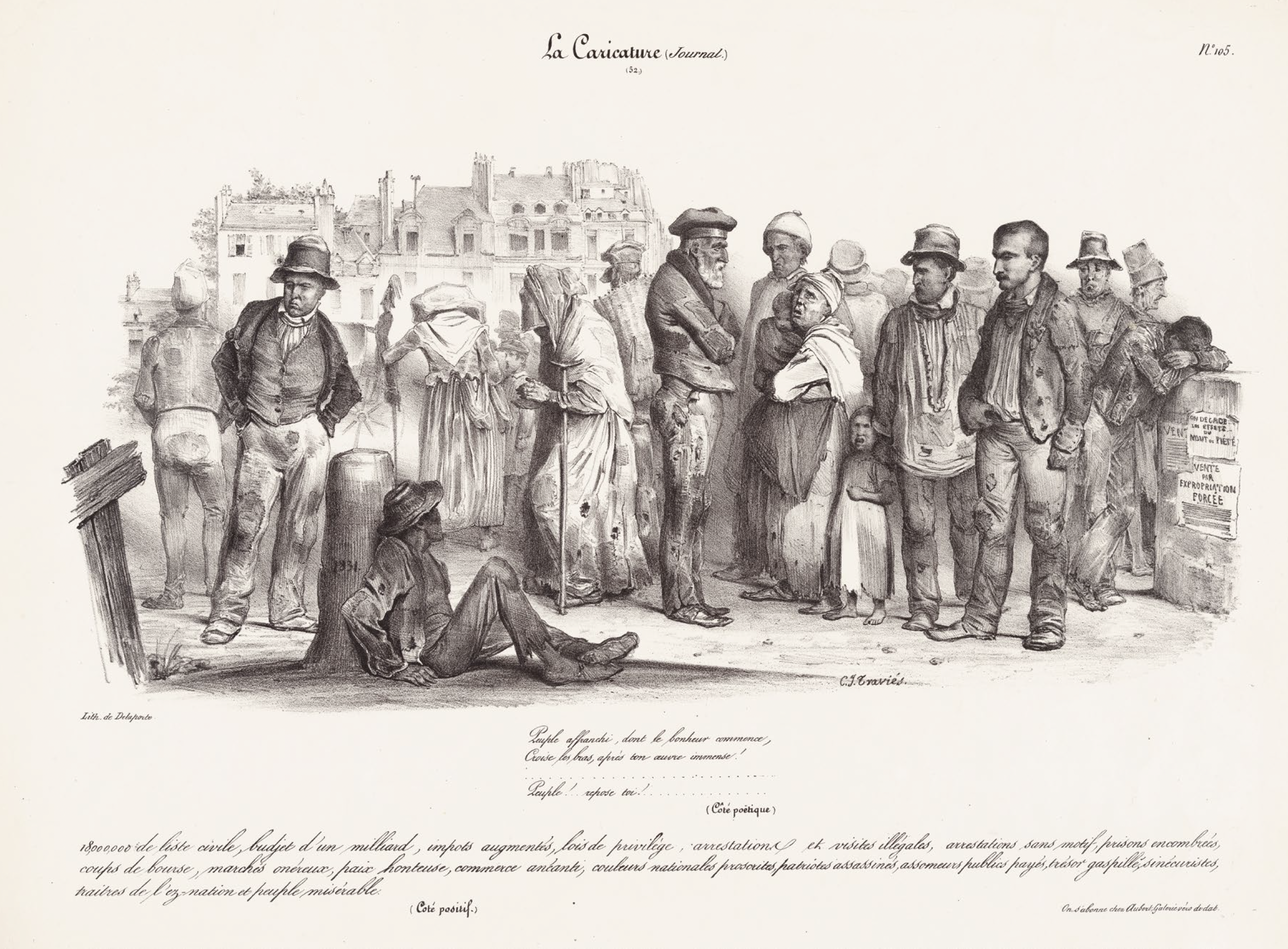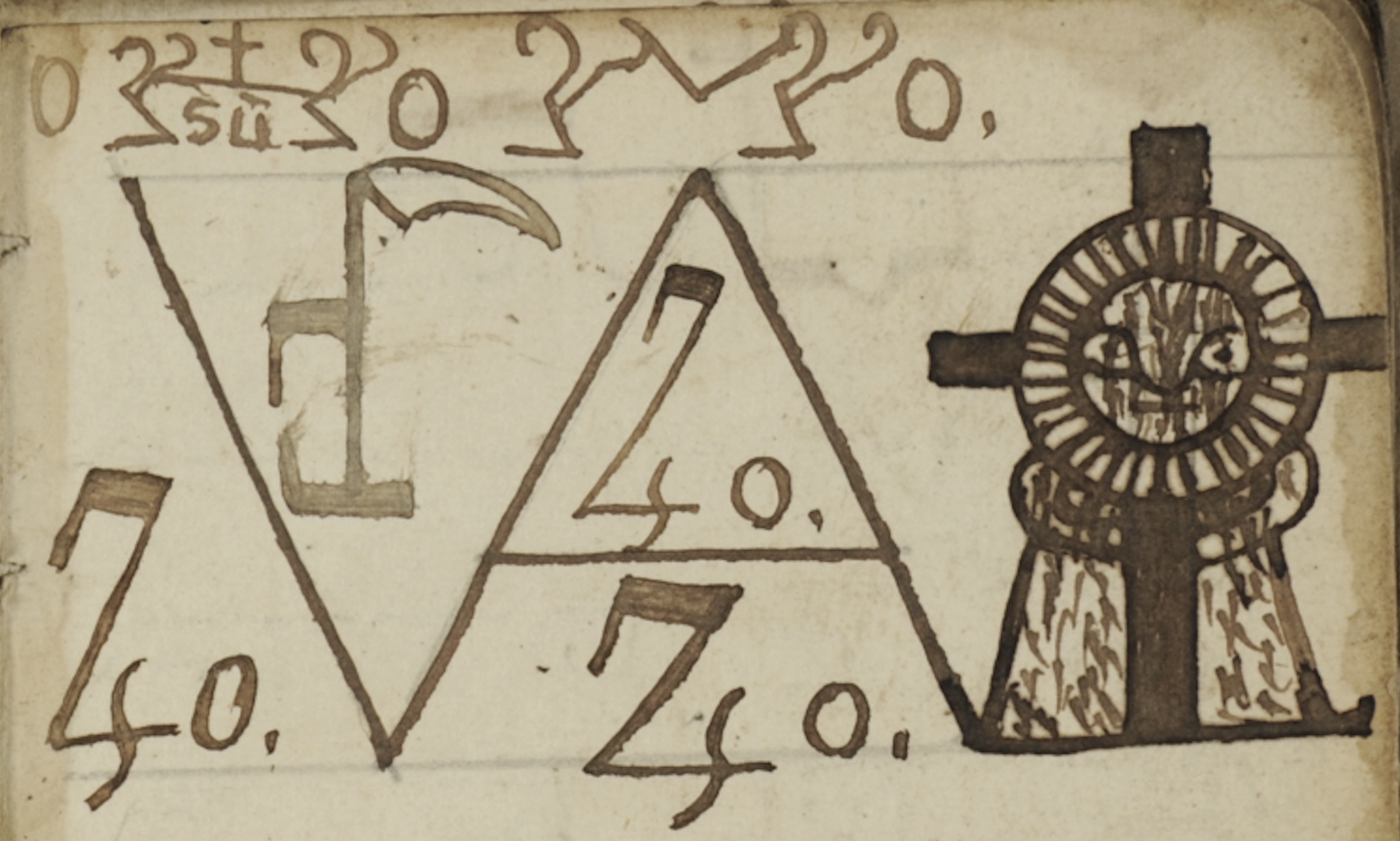Mike Leigh ]
[March 7, 2010
Ronald Searle, Fugitive
Among the many voices that paid homage to the ninty-years old cartoonist Ronald Searle, the one of film director Mike Leigh protrudes. In an essay published by Daily Telegraph Leigh, who is noted for his experimental methods of achieving realism in film, explains, how a book of cartoons, given to him at the age of six, shaped his approach to filmmaking:
Lines that taught me film-making
Mike Leigh explains how Ronald Searle’s ‘realistic’ cartoons inspired him, Daily Telegraph, Saturday 27,02. 2010
Bar in North Berlin at the corner of Mullerstrasse and Transvaalstrasse August 9, 1959
As an artist reporter, Searle travelled to all sorts of places, and he could sketch anywhere — even from the rowdy pit at the ringside of a wrestling match.
This drawing of men drinking at a bar in Berlin is wonderful. I love the composition of it, how the scene is broken up by the figure in the foreground, and the way he creates an atmosphere yet is so economical with his line. I don’t suppose people posed for him, but if so it doesn’t matter because he got them as they really were. That is why he was such a sophisticated drawer, and why his hand is so recognisable.
Of course, one has seen his drawings all over the show, in all kinds of different contexts: books, Lemon Heart rum advertisements, animated stuff. It’s all part of a huge Searle memory. I’m so imbued with Ronald Searle. And I think if you really flushed out everybody who made that claim — including me and John Lennon — it would be a very long list.
Street Sweeper
Searle observed and drew at the same time, so this sketch of a street sweeper in Paddington would have been made as he stood there on the pavement watching this man at work. I don’t remember a device like that so it must be from the Forties or Fifties. It’s not just people that Searle takes pleasure in, but the items people wore and used. It’s a joy of things. I can tell how much Searle enjoys each piece of the street sweeper’s barrow – and the wheels! The objects become an extension of the personalities.
The Obsolete Generation (From Holiday magazine December 1963)
It is the poetry of life and a sense of the profundity of human experience that is expressed through Searle’s line. This scene comes under the heading of caricature, but actually it suggests something else: the sense of time passing, of doom, of lives. Of course, they’re sitting on a mortuary advertisement on the back of the bench, which reinforces all of that. It is a sympathetic and passionate observation of life.
Searle was a very versatile artist: he could do satire, for example his series The Rake’s Progress (1955) after the paintings by 18th-century artist William Hogarth; he did some quite finished portraits of famous people; he was also the theatre critic for Punch for 13 years. But to me, what’s important is his incredible observation of reality, and his ability to get people, to capture a character. That’s what fascinates me the most. As a filmmaker, that’s what it’s all about.
Coney Island (Sketch for Punch magazine July 24, 1957)
Look at the feet. Those are the famous Ronald Searle feet and shoes. You can instantly see the quality of his pen line – so perceptive, so human. Searle has this great freedom and he’s not affected. He allows himself — as I think all great art does — to improve within the moment. He’s not worried about “making mistakes”. They can be such a gas.
It’s part of the texture of the thing. He’s concerned with its living, organic, spontaneous truth. It really is exciting the accuracy, originality and delight with which he looks at the real world and makes us look at the real world.
Kallithea Camp Athens 1959 (from: Refugees)
As a film-maker, I find this drawing clever and exciting. Taken from a series of illustrations Searle did for a book called Refugees, 1960 to “promote awareness” of the state of world refugees, it’s a compassionate response to somebody’s pain and the dreadfulness of their condition. What’s great is the tension between the detail of the environment and the character. Learning about Searle at art school taught me that you have to have a clear overview or sense of the structure of a scene before you can work into the detail. Here, you get a tangible sense of the environment – bleakness, coldness, the poverty of it – and yet the tiny figure of the woman is such a strong presence. The detail of the character, the trees, is very clever. Each little thing balances the whole into a moment-to-moment filigree.
Mike Leigh







